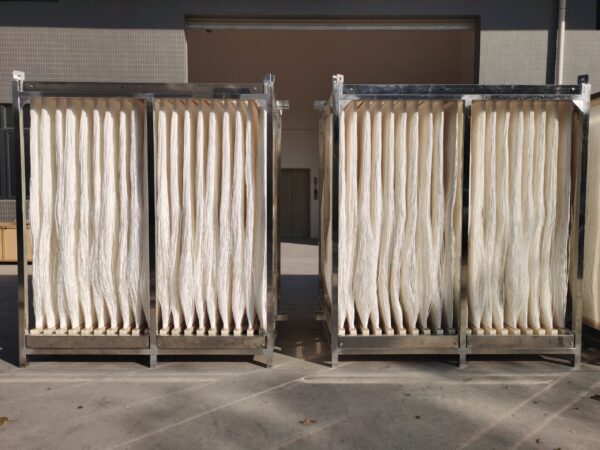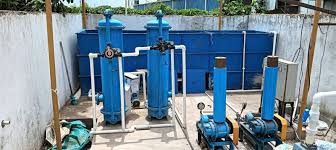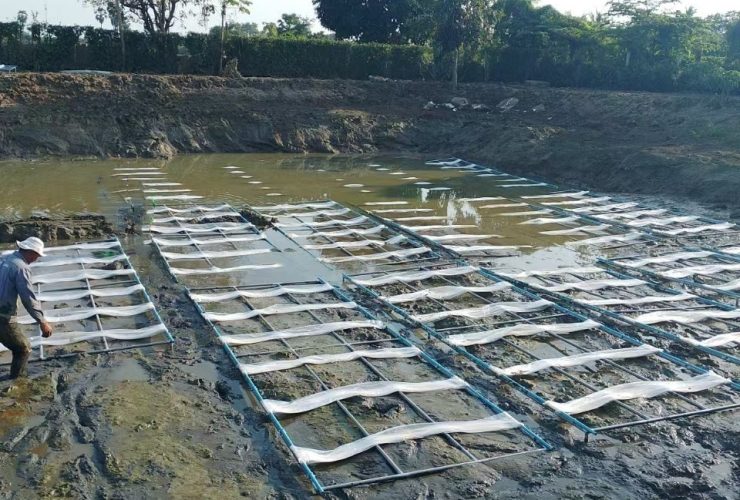Four Stages of Wastewater Treatment Plants
Wastewater treatment plants play a vital role in remodelling dirty water into safe, reusable water.
If you’ve ever wondered how wastewater treatment plants turns dirty water into some thing safe to launch or reuse, this guide breaks it down in undeniable language. We’ll walk via the 4 core stages, provide an explanation for in which membranes for wastewater treatment make a distinction, and while a package deal water remedy plant is the smarter, faster preference for web sites like hotels, hospitals, and small municipalities.
What processes take place in wastewater treatment plants?
Wastewater treatment plants follow a step-by-step process-to remove solid, organic calculation, nutrients and pathogens from solid, organic calculations from preliminary, primary, secondary and tertiary measures and sewage. Each degree makes a significant position in improving water, ensuring environmental protection and making treated water safe for discharge or reuse.
Stage |
Purpose |
Typical Outcomes |
Preliminary |
Remove rags, plastics, grit |
Protects pumps/pipes; reduces wear and blockages |
Primary |
Settle solids; skim oils/grease |
~50–60% TSS removal; BOD reduction |
Secondary |
Biological treatment (ASP/MBR) |
~85–95% organic removal; stable, clearer effluent |
Tertiary |
Final filtration & disinfection |
Nutrients/pathogens reduced; reuse-ready water |
1) Preliminary Treatment — The First Line of Defense
Goal: Keep big, abrasive material out of process equipment.
- Screening: Bar screens or drum screens catch rags, plastics, wood.
- Grit Removal: Chambers settle sand and gravel that would otherwise erode pumps.
- Flow Equalization (where installed): Smooths out surges so downstream tanks work efficiently.
Why it matters: Skipping good preliminary treatment often means more downtime and higher maintenance. Modern package water treatment plants typically include compact screens and grit handling to keep the footprint small.
2) Primary Treatment — Gravity Does the Heavy Lifting
Goal: Separate settleable solids and floatables.
- In primary clarifiers, solids settle to form sludge while oils/grease float for skimming.
- Expect ~50–60% suspended solids removal and 30–40% BOD reduction.
- Collected sludge can be thickened, digested for biogas, or dewatered for disposal.
Space-saving options: Lamella and circular clarifiers are common where space is tight — many wastewater treatment plant manufacturers offer these as modular units.
3) Secondary Treatment — Biological Cleaning (Where MBR Shines)
Goal: Microorganisms consume dissolved organic pollutants.
Common approaches:
- Activated Sludge Process (ASP): Aeration basins are used to add oxygen to the organics so they can be broken down by the bacteria.
- Trickling Filters/Biofilm: Wastewater travels over a medium where there are colonies of the microbes.
- Membrane Bioreactor (MBR): It is a combination of biological treatment with a membrane in treating wastewater (ultra/micro-filtration) retaining biomass and filtering small particles.
Why MBR?
- Standard Hill effluent clarity 50 Nedre transparent (very low TSS/ turbidity) good reuse potential.
- Less space required (ft2).
- Working stability of their changing loads
- Wanting a small, readily-reusable product? Discover our MBR Sewage Treatment Plant for Hotels, Hospital, Industries and townships.
4) Tertiary Treatment -Polishing and Disinfection
- Target: Achieve or exceed tough discharge or reuse goals.
- Filteration: Sand, activated carbon and highly advanced membranes are used to remove excess fines and color.
- Nutrient Removal: Biological/chemical processes reduce the levels of nitrogen and phosphorus to reduce algal growth.
- Disinfection: It involves killing of pathogens using UV, ozone or chlorination to make water safe.
Output: Water sufficient to irrigate, cool, provide process makeup or recharge, as per local regulations.
When a Package Water Treatment Plant Makes Sense
- A package water treatment plant bundles tanks, aeration, membranes/filters, and controls into a prefab, modular skid.
- Choose this one when you have an urgent need.
- Speed of implementation (weeks as opposed to months)
- Predictable CAPEX and smaller site works
- Compact footprint for tight locations
- Scalable modules that can grow with demand
Need a quick-to-install solution? Ask about our package MBR plants for resorts, campuses, and industrial parks.
How to Evaluate Wastewater Treatment Plant Manufacturers
Not all wastewater treatment plant manufacturers are equal. Use this simple scorecard:
- Proven references in your industry and flow range
- Guaranteed effluent numbers (and test conditions) in writing
- Lifecycle costs: energy (kWh/m³), membrane/parts, cleaning chemicals
- Controls & remote monitoring for uptime and compliance reporting
- Local support/parts availability and response times
Conclusion & Next Steps
Smart filtration plugs into modern water treatment systems that have proven reliable biology. Whether new construction or retrofit, select the right process ASP, biofilm or MBR based on effluent targets, space, energy and budget.
Ready to compare options for your site?
→ Talk to Oxymo Technology about an MBR wastewater treatment plants tailored to your flow and reuse goals: Get a proposal.
Frequently Asked Question’s
Q1. How many stages are there to wastewater treatment?
First (preliminary or sediment removal), Second (settling or skimming), Third (biological removals of organics using ASP/MBR), and Fourth (final filtration and disinfection).
Q2. How can membranes be of assistance in treating wastewater?
Membranes do act as fine filters They filter in MBR and concentrate biomass plus keep out particles/bacteria, resulting in very clear effluent that can be used in many reuse applications.
Q3. Are package water treatment plants effective?
Yes. Package plants are portable, are fast to install, and they consume minimal space. They are suitable to hotels and hospitals, self-regulating, campuses as well as remote places that may require predictable performance.
Q4. What is the key stage?
The secondary treatment removes the majority of organics and preconditions the disinfection to be attainable. Tertiary is also critical in the circumstances you need reuse-grade water.
Q5. How do I choose a wastewater treatment plant manufacturer?
Effluent numbers, guaranteed, Lifecycle cost, controls/remote support, local service and industry references. A written performance warranty should also be requested.





